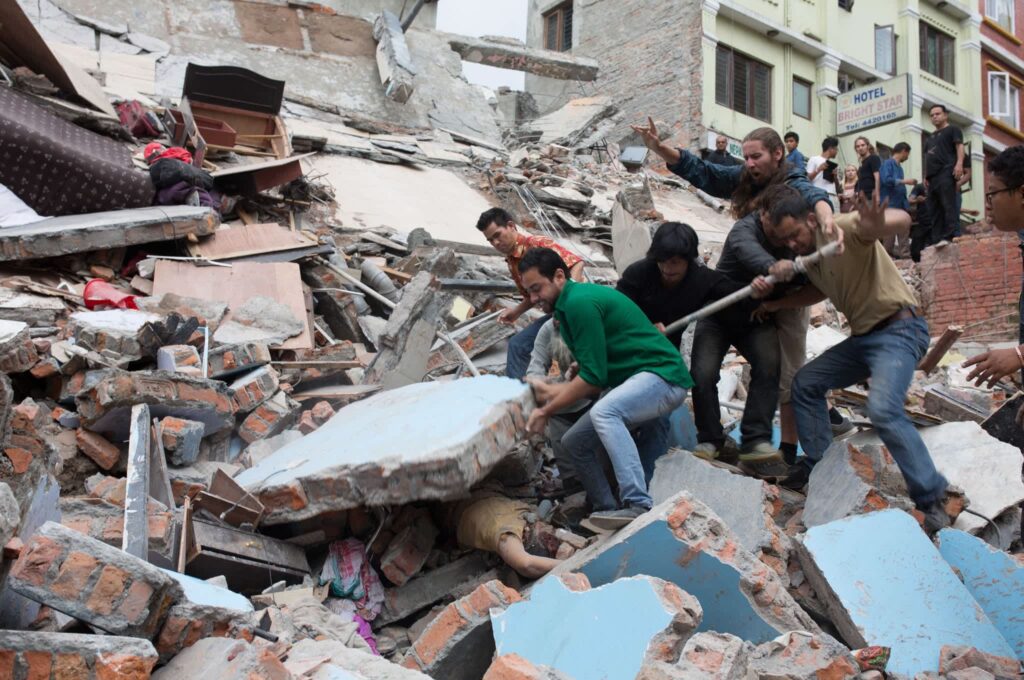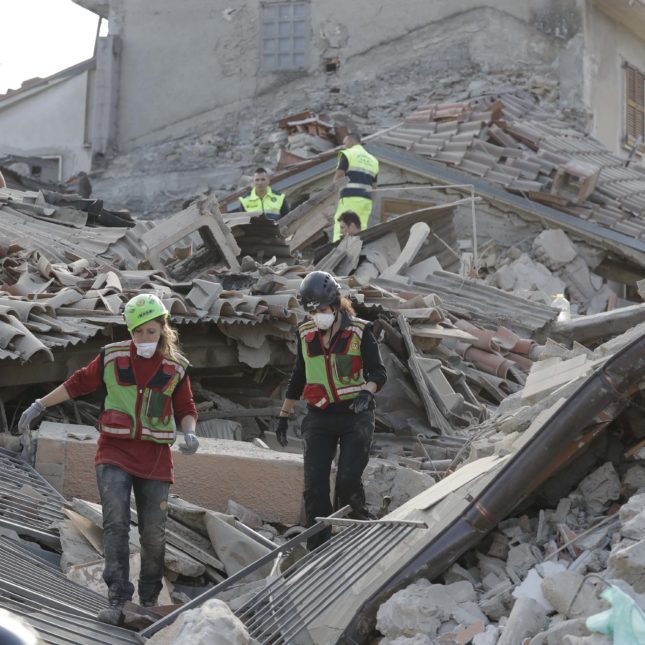A crush injury occurs when an object causes compression of the body, such as this is a direct physical crushing of the muscles by a heavyweight that involves compression of the legs, arms, and/or trunk. In short, crush injury is the result of physical trauma from prolonged compression of the torso, limb, or other parts of the body.
This form of injury is rare and mostly connected with accidents. Once the compressive forces are ejected, muscle injury and swelling can occur, which results in muscle necrosis and neurologic dysfunction in the affected areas.
CRUSH SYNDROME
Crush syndrome is defined as the systemic manifestations resulting from a crush injury, which can result in organ dysfunction, multisystem organ injury, and metabolic abnormalities, including acidosis, hyperkalemia, and hypocalcemia.
The indications of crush syndrome are the systemic consequences of muscle injury, particularly rhabdomyolysis, which commonly result in Acute Kidney Injury. Crush syndrome is the second leading cause of death in earthquakes.

CRUSH INJURY CAUSES
Crush injury caused by traumatic rhabdomyolysis due to muscle ischemia injury when compressive forces on the tissues are released.
Crush injuries can occur in nontraumatic patients and patients who have been immobilized for a long time. Some people who get unconscious because of a stroke, drug overdose, or who have been in the same position for a long period are at risk of crushing injury. While doing any activity if your pressure areas are not protected then you might have a crush injury.
There are many other causes of crush injury including industrial accidents, road traffic collisions, building collapses, accidents involving heavy plants, disaster relief, or terrorist incidents.

SCENE MANAGEMENT
In the case of crush injury scene safety is a priority. Patients with crush injuries are often caught at the scene.
Individual victims or small numbers of individuals experiencing injury may be released by bystanders or professional rescuers. They receive prehospital care via emergency medical services (EMS).
Massive trauma events such as earthquakes and major building collapse in natural or manmade disasters may entrap dozens to thousands of victims. This may require the arrangement of Urban Search and Rescue teams (USAR), which in the United States.
Survivors are often found in gaps or space in the collapsed structure. Extrication time is strongly associated with earthquake-related corporality. Children and older individuals are at high risk.
Most deaths occur in victims trapped below rubble who received forces too great to withstand. Other causes of death include dust inhalation, traumatic asphyxia, head injury, or multiple injuries.
EXTRICATION
Extrication of victims from collapsed structures is dangerous, and the risk of secondary collapse is consequential.
- Space Medicine – Since “scoop and run” is often not possible, victims may require tunneling and supporting rubble. They need initial crush injury care and crush syndrome prevention. So, these should be provided by rescuers inside the structure termed “confined space medicine” (CSM).
- Whereas delivery of medical care in such environments is insecure and requires special training. It also needs special attention to managing hazards such as dust, temperature extremes, hazardous materials and gases, fire, explosions, secondary collapse, and providing care while wearing personal protective equipment.
- The safety of the rescuers is most important. It is the responsibility of the scene incident commander and the incident command system. In many circumstances, crush injuries may be correlated with blast injury, fire, or toxic inhalation. Local endemic diseases may also act as a threat to victims and rescuers.
- Support of Airway, Breathing, Circulation – Crush injury to the chest is a serious problem of respiratory failure and death. Patients may need oxygen, airway adjuncts such as oral and nasal airways, a surgical airway, and the use of portable ventilators. Inhalation injury due to dust or related to hot gases, such as in fire or bombings, can also require advanced airway management. Provision of airway management is required for trauma care in an orientation.
- During extrication care chest decompression is required along with pneumothorax, hemothorax, flail chest, and pulmonary contusions. Initial evaluation and management of chest wall trauma are most important in adults.
- Dehydration is a common cause of hypovolemia and is a leading cause of death. Burns also cause hypovolemia. Immediate management of hypovolemia and prevention of crush syndrome requires rapid access with large-bore intravenous catheters and administration of isotonic saline. Crush injury without adequate fluid resuscitation develops into crush syndrome.
- Field amputation – Sometimes people or patients get trapped and cannot be extricated from debris or structure in time. In such cases, amputation in the field is required as a last resort for extrication.
- The field amputation is depending on available space, resources, and risk of explosive gases. Appropriate drugs and types of equipment are safe for use in confined and hazardous environments.
- Severe crush injury is a cause of acute extremity compartment syndrome. An early procedure such as recognition, evaluation, and treatment of compartment syndrome reduces the risk of crush syndrome and limb loss.
- Fasciotomy is the definitive treatment for established extremity compartment syndrome in the majority of cases. Delays in performing fasciotomy increase morbidity and the need for amputation.
- The direct physical trauma by an external force to the tissues caused severe crush injury. This type of injury increases the risk of organ failure and death. The crush injury to the chest can result in traumatic asphyxia.
- Any natural disaster results in large numbers of severe crush injury patients. Also, survival is directly related to extrication time.
If you or anyone you know have met any crush injury and needs proper treatment and medication, visit Specialty Care Clinics. We are located at Farmers Branch, Lancaster, Fort Worth, Ennis, Midland, Plano, Hillsboro, Arlington, and Houston in Texas.
Our experts take care of your health and recovery. Call us on 469-545-9983 to book an appointment with our specialists at your convenience.
